The XP-67 Could Have Been a Contender
During the late 1930s and early 1940s, many prototype aircraft were dreamed up, drawn up, built up, and shot down by the United States Army Air Corps (USAAC). Sandwiched between the unremarkable Vultee XP-66 Vanguard and the equally unremarkable Vultee XP-68 Tornado was the McDonnell XP-67 “Bat” or “Moonbat.”
The XP-67 was the very first McDonnell Aircraft Company prototype. The Moonbat was a twin-engine, long-range, single-seat interceptor design intended for use by the USAAC (later the United States Army Air Forces—USAAF). However, the problems with this futuristic-looking aircraft started and ended mainly with its engines. And that’s a real shame!
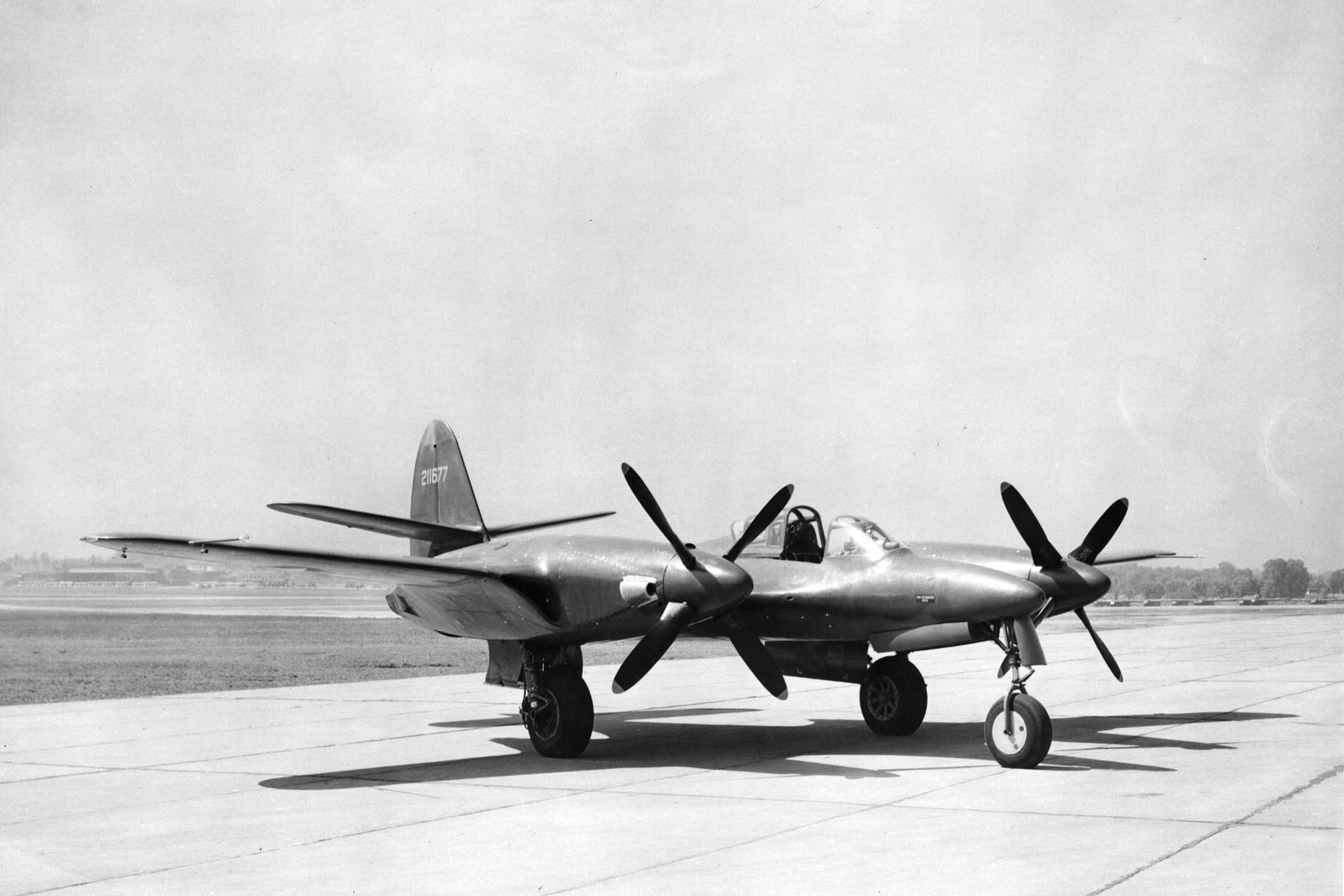
McDonnell Gets Into the Game
The USAAC issued Request for Proposal R-40C, requesting designs for a high-speed, long-range, high-altitude interceptor intended to destroy enemy bombers, in 1940. The specifications bordered on impossible to meet, and they forced each manufacturer to design and build a radical aircraft that would outperform anything in the air at the time. McDonnell was building parts for other manufacturers then and wanted to get into the manufacturing game. They would go on to design and build some of the most famous aircraft the world has ever seen, but their beginnings were humble indeed.
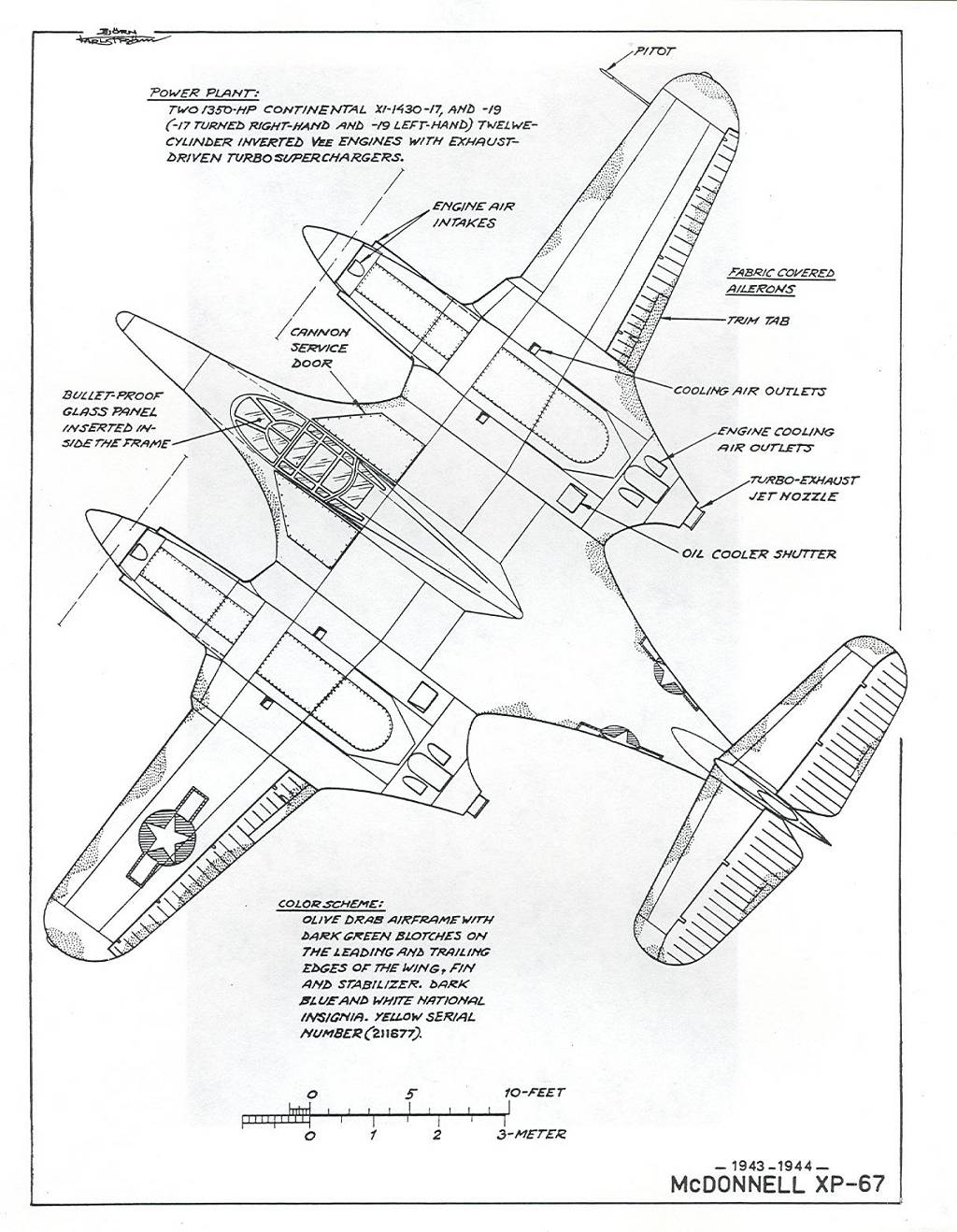
Unconventional Power
The McDonnell Model 1 was initially designed to be powered by an unusual geared drive train with a single Allison V-3420 engine buried in the fuselage, powering twin wing-mounted pusher propellers in the wings via twin 90-degree extension shafts. Aside from the complicated mechanical challenges associated with this configuration, there was competition from 22 other manufacturers who issued proposals to meet the Army’s request. Because the McDonnell Model 1 would not be expected to perform as well as many of the other designs, it was judged to be 21st out of 23 total proposals. But McDonnell was granted a contract to go back and try it again. Try it again, they did.
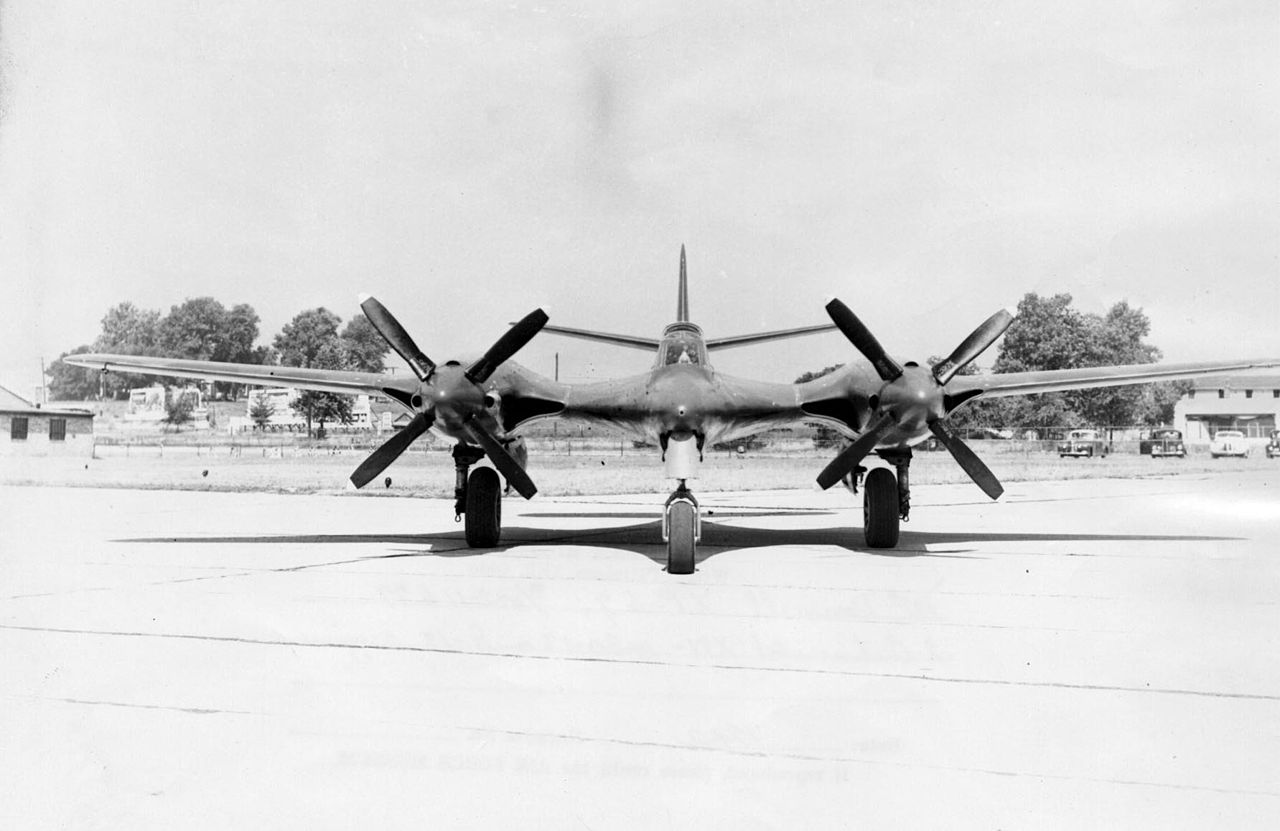
That Blended Design Thing
McDonnell engineers presented the Model 2 on 30 June 1941. The Model 2 was also considered a nag, but McDonnell reworked the design again, yielding the Model 2a on 24 April 1942. The 2a was to be powered by twin engines driving a four-bladed propeller each and mounted in nacelles on the wings. However, the design was aerodynamically advanced, with laminar flow airfoils, blended shaping and contours, and low drag joins between the wings, fuselage, and nacelles and wings.
The 2a was also to have one of the first pressurized cockpits ever used in a fighter aircraft. In a word, the design was futuristic. In other words, it just looked cool.
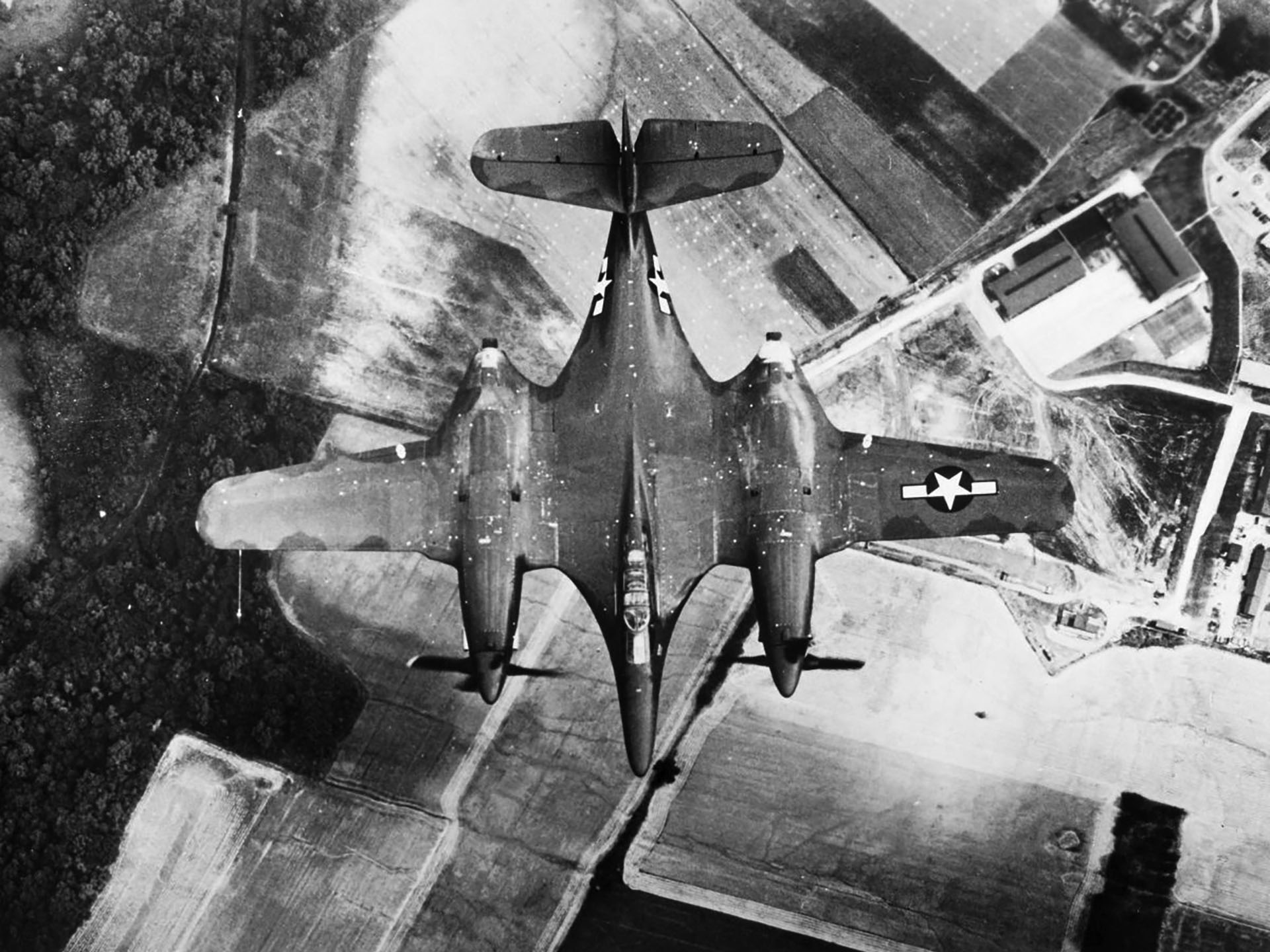
Contracted BEFORE Pearl Harbor?
McDonnell engineers and designers predicted a top speed of 472 miles per hour and a gross weight of roughly 20,000 pounds for the 2a. Although several armament configurations were considered, production 2a aircraft were to be fitted with six 37 millimeter cannons. Power for the aircraft was provided by two 1932-vintage Continental XIV-1430-1 inverted V-12 engines, each connected to a turbo supercharger that would enable the engine exhausts to actually augment thrust from the engines. On 30 September 1941, the USAAF granted McDonnell a contract for two prototypes, a wind tunnel model, associated engineering data, and designated the design XP-67.
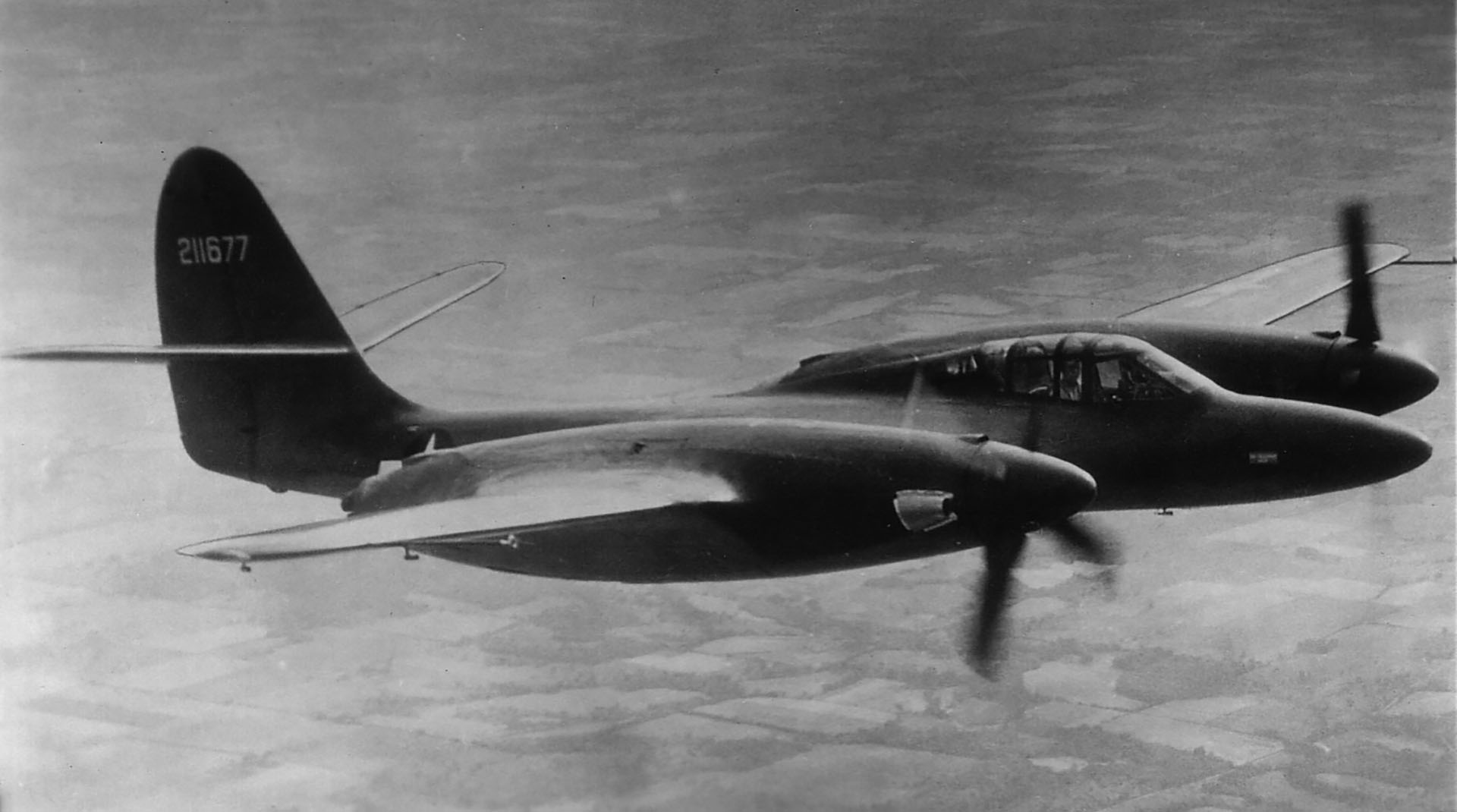
Another Design Throttled by Engine Technology
The radical design of the XP-67 Moonbat would require extensive wind tunnel testing, and that testing revealed engine cooling airflow problems, which were never really resolved. Super-smooth surfaces presented challenges to any manufacturer- especially one building its first complete aircraft design. But the biggest challenge was acquiring the engines.
The Continental power plants to be used were simply not available for large portions of the XP-67 development program. Even getting wind tunnel testing time was a challenge. There were lots of experimental military aircraft during the war, and the National Advisory Committee for Aeronautics (NACA) wind tunnel was booked solid for what seemed like the rest of the decade.
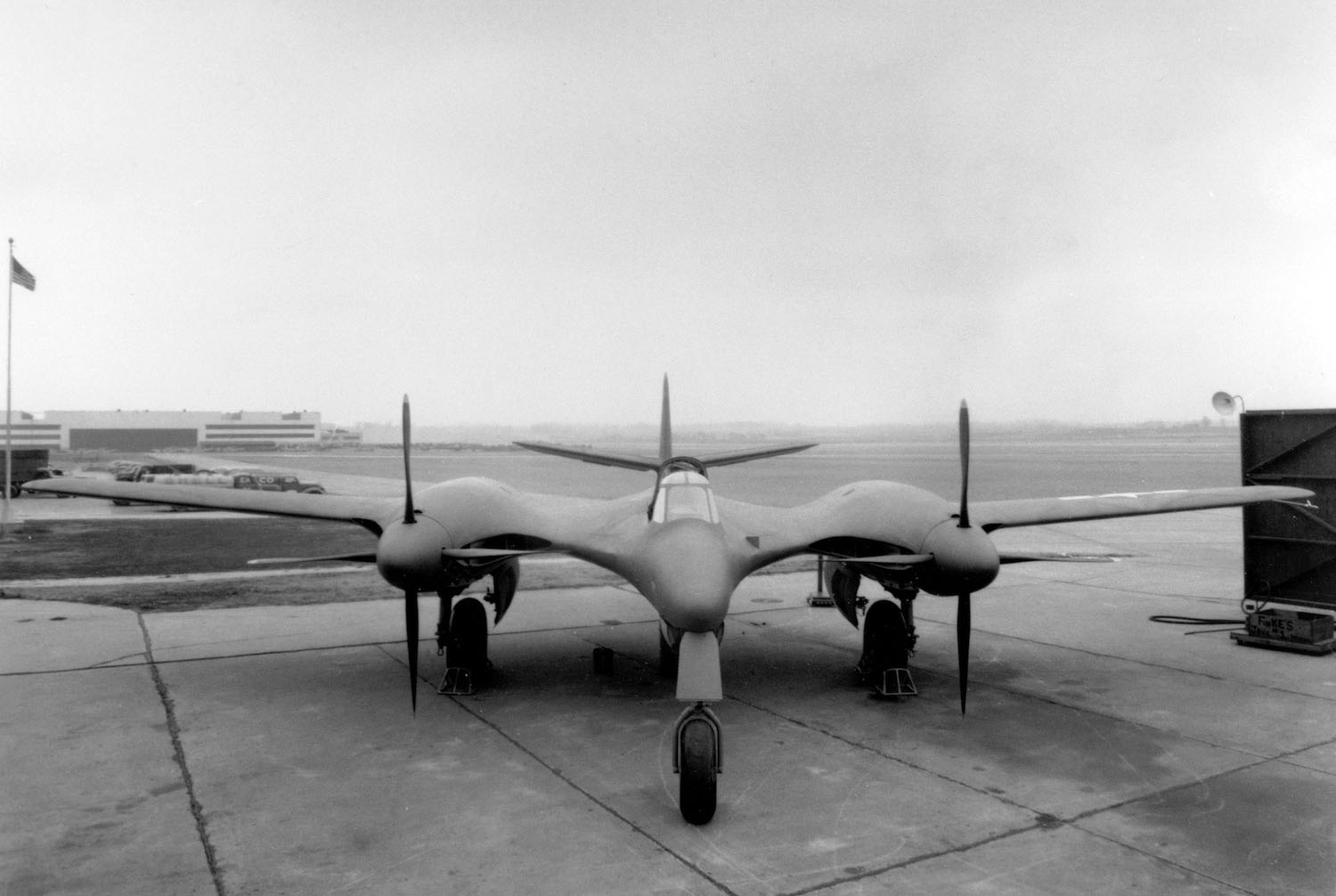
En Fuego
XP-67 Moonbat prototype number one, 42-11677, began ground trials on 1 December 1943, even though the airframe was not ready to be flown. A week later, the XP-67 was damaged by fires in both engine nacelles while taxying. Just under a month later, damage was repaired, and the XP-67 made its first flight, which lasted for six minutes. Engine problems experienced again. Engine installation modifications made. Two flights later, the engine bearings burned out. See a pattern yet?
The Continental engines were only putting out about ¾ of their rated output anyway—and were still almost impossible to get. McDonnell wanted to try the widely used Rolls-Royce Merlin or Allison piston engines with small turbojets installed in the nacelles. The USAAF said no because they wanted more test time with the original design.
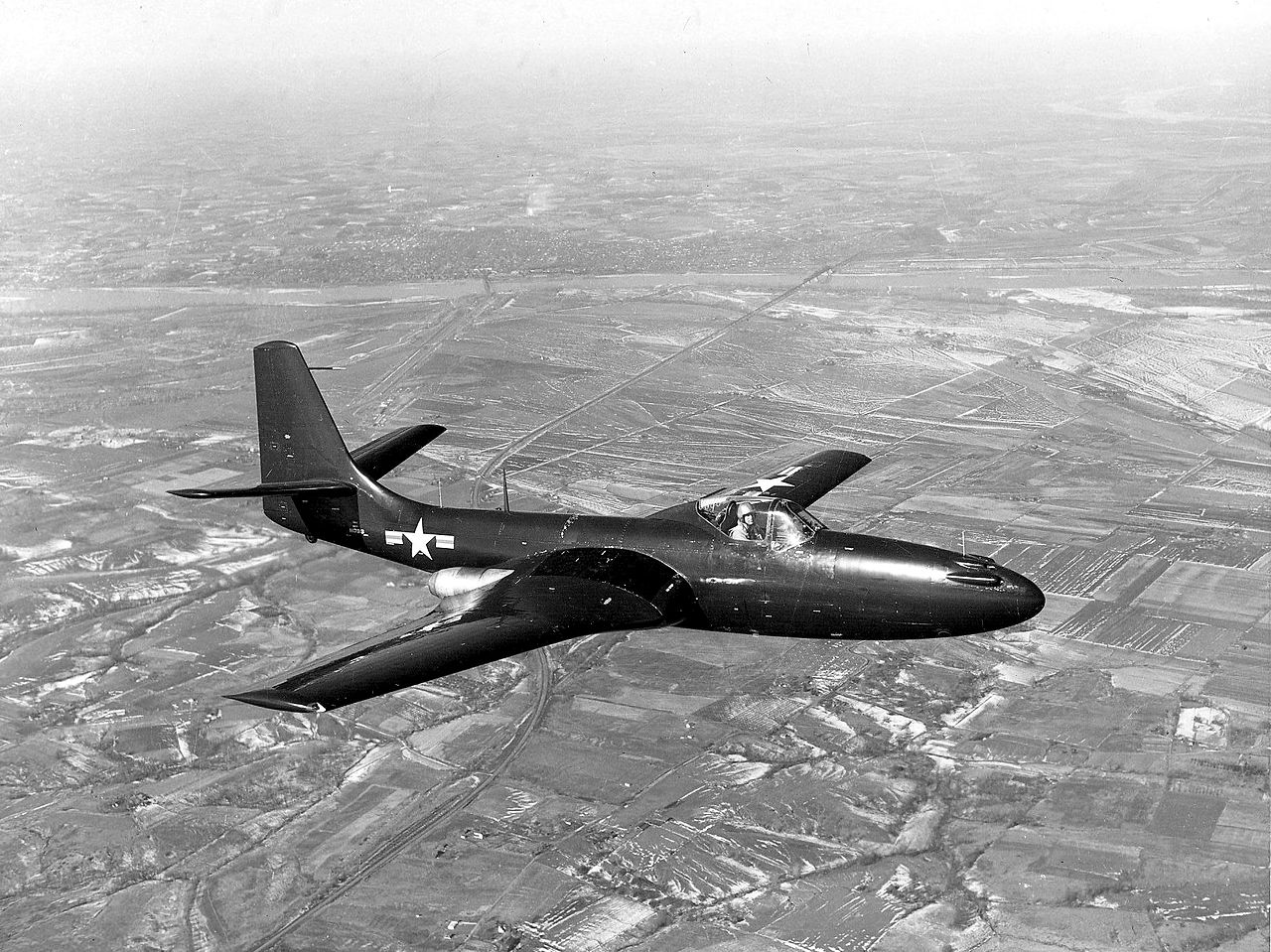
What Could Have Been Turned to Never Was
And therein lies the rub. Had the Moonbat been powered by better engines (even without the jet power augmentation), the design of the aircraft might still have been too radical for its time, but at least we would have found out whether or not it was as fast as it looked. As it turned out, the USAAF finally did fly the XP-67 in March of 1944, and not surprisingly, found the advanced design to be advanced but needing some refinement, and the aircraft to be woefully under-powered.
While some issues were addressed by engineers at McDonnell, the engines were still crippling the plane. The top speed seen by its pilots was 405 miles per hour – considered mundane in 1944 compared to other fighters already fighting the war.
A September 1944 test flight ended with the total loss of XP-67 number one after an in-flight fire in the starboard engine and subsequent emergency landing.
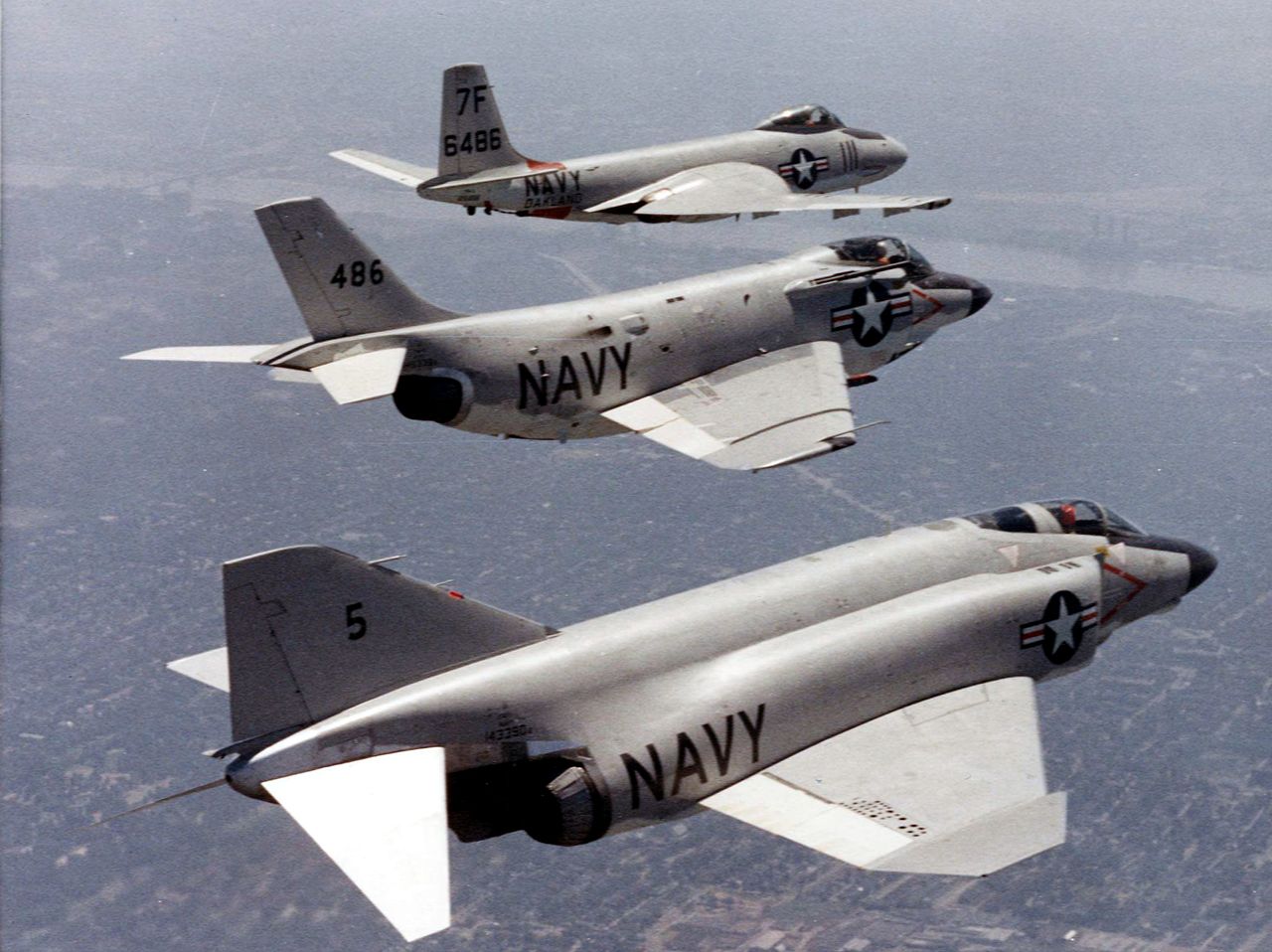
A Fertile Garden for Outstanding Future Aircraft
Prototype number two was only 15 percent complete when prototype one was destroyed. The design was evaluated by the USAAF one more time as a formality, but when prototype one was destroyed, McDonnell’s first aircraft design was destroyed along with it. Of course, McDonnell’s next military airplane was the twin-jet FH-1 Phantom, followed by the F2H Banshee, the F3H Demon, the F-101 Voodoo, and ultimately the F-4 Phantom II. The merger of McDonnell and Douglas in 1967 produced the DC-10 airliner, F-15 Eagle, and the F/A-18 Hornet, among others. But the McDonnell design that started it all was the futuristic but ill-fated Moonbat
[youtube id=”ZnbzMxEvJ5Q” width=”800″ height=”454″ position=”left”]
